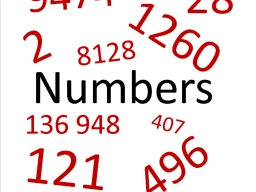Combinations 80637
If the number of elements decreases by 4, the number of combinations of the second class from these elements decreases three times. How many elements are there?
Final Answer:

Tips for related online calculators
Are you looking for help with calculating roots of a quadratic equation?
Would you like to compute the count of combinations?
Do you have a linear equation or system of equations and are looking for its solution? Or do you have a quadratic equation?
Would you like to compute the count of combinations?
Do you have a linear equation or system of equations and are looking for its solution? Or do you have a quadratic equation?
You need to know the following knowledge to solve this word math problem:
combinatoricsalgebraGrade of the word problem
Related math problems and questions:
- Combinations
 If the number of elements increases by 3, it increases the number of combinations of the second class of these elements five times. How many are the elements?
If the number of elements increases by 3, it increases the number of combinations of the second class of these elements five times. How many are the elements? - Combinations
 How many elements can form six times more combinations of the fourth class than the combination of the second class?
How many elements can form six times more combinations of the fourth class than the combination of the second class? - 2nd class combinations
 From how many elements can you create 2346 combinations of the second class?
From how many elements can you create 2346 combinations of the second class? - Combinations 16213
 From how many elements is it possible to create 120 second-class combinations?
From how many elements is it possible to create 120 second-class combinations? - Variations 26791
 If the number of elements increases by two, the number of variations of the second class of these elements created by 38 increases. What is the original number of elements?
If the number of elements increases by two, the number of variations of the second class of these elements created by 38 increases. What is the original number of elements? - Combinations
 From how many elements can we create 990 combinations, 2nd class, without repeating?
From how many elements can we create 990 combinations, 2nd class, without repeating? - Combinations 16283
 How many elements is it possible to form twice as many second-class combinations as a fourth-class combination?
How many elements is it possible to form twice as many second-class combinations as a fourth-class combination?
